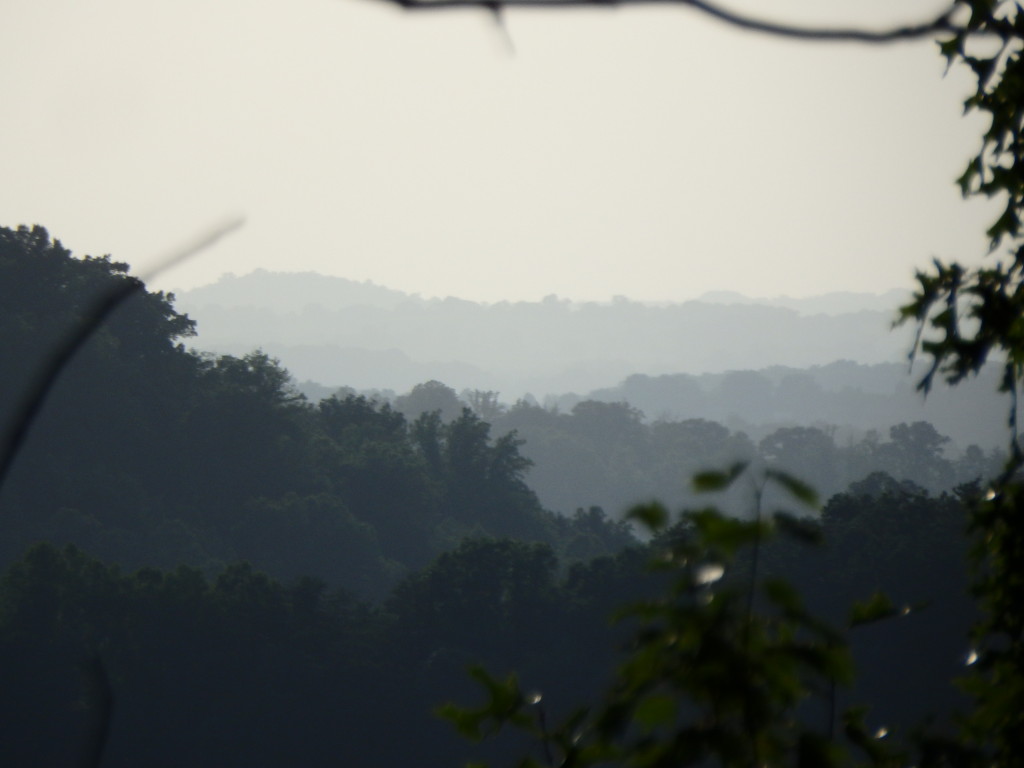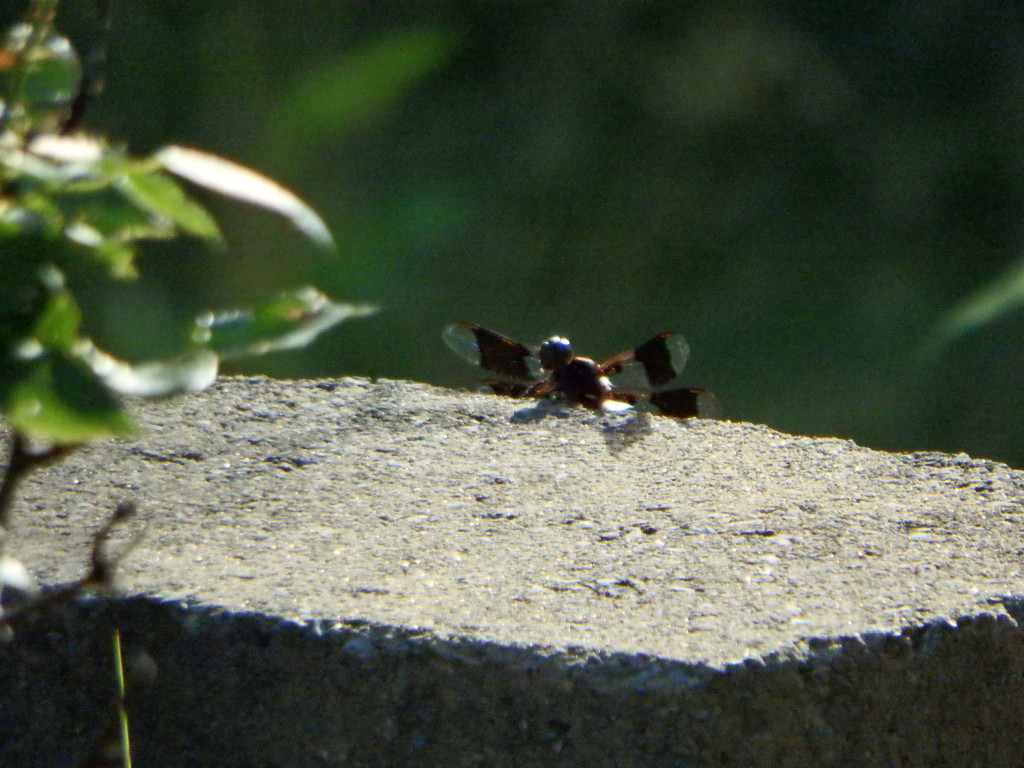These were all tests of its long-range telephoto capabilities.
For the curious: it’s an Olympus SP-100EE. The Nexus 6 phone that I carry actually has a pretty stellar sensor for a phone, and it works great for pictures of kids, close-ups of flowers, and whatnot. I selected the Olympus for my wish list after realizing that now that we live in the woods, most of the shots I was missing with my phone camera were long-range telephoto shots of wildlife, distant mountains, etc.
For the even more curious, my selection was based on these factors:
- Cost and convenience: you can get this camera for under $300 refurbished. A lot of people recommended a micro 4/3 camera system, but while I spent years as a photo hobbyist, that’s just not me anymore. I don’t need another hobby with an endless stream of upgrades and accessories. I just need something I can throw in the truck before we go to Cade’s Cove so I won’t have to worry about missing a great shot of a bear.
- The Wirecutter review, which drew attention to the (wonderfully helpful) red-dot sight.
- Browsing online examples of the Olympus’ images, where it seemed to produce pictures as good or better than anything else in the same “superzoom” category. In particular it controls purple fringing better than some of its competition, a nice improvement over the last Olympus superzoom I owned.
- Some video reviews which demonstrated that the autofocus on the Olympus is considerably faster than the one on its closest competitors from e.g. Nikon or Canon. Fast autofocus at long range is kind of a big deal for a wildlife camera.




[…] shot is a great illustration yet of what the SP-100 is capable of. Is it National Geographic quality? Hell no. But at least I got the shot. […]